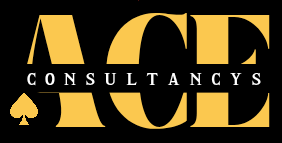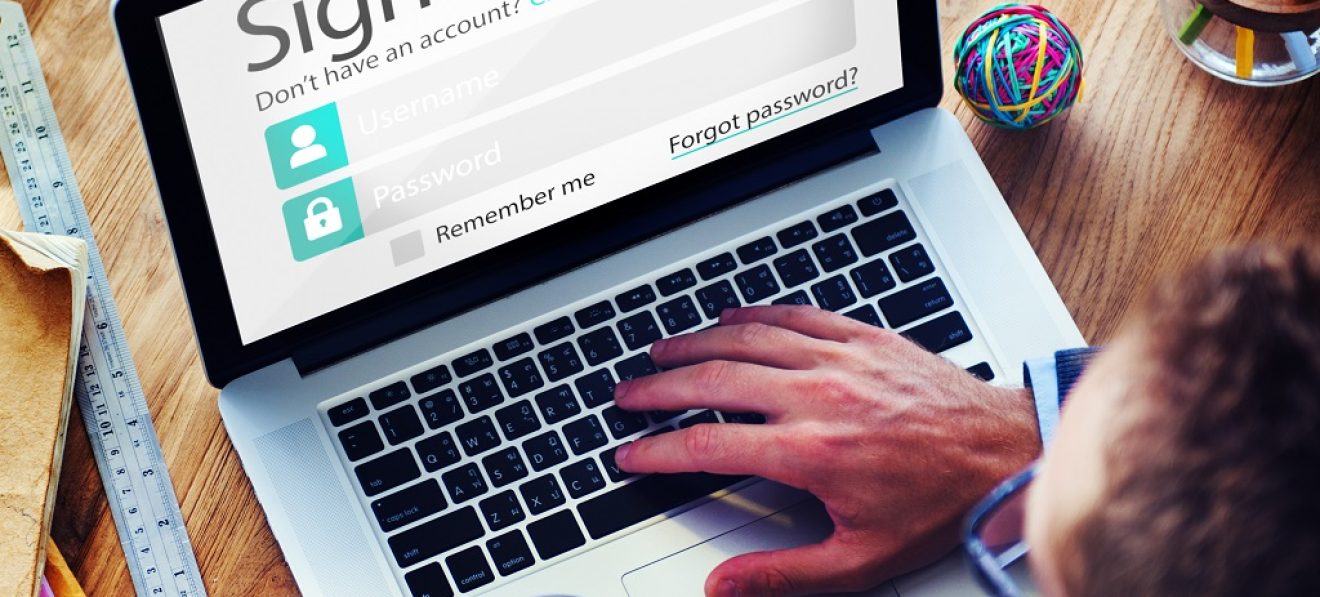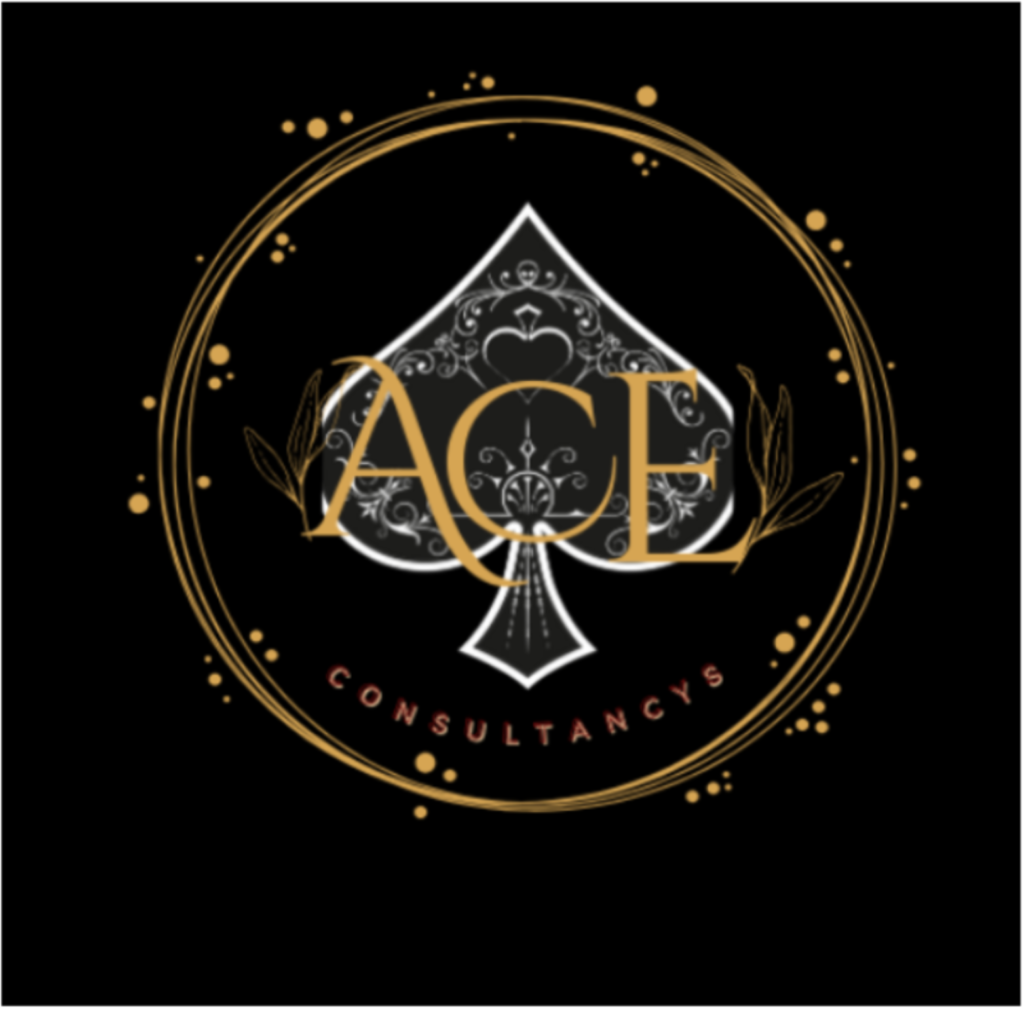Introduction
In today’s competitive professional landscape, your LinkedIn connection request can be the difference between expanding your network and missing valuable opportunities. Research shows that the average LinkedIn connection request acceptance rate is just 48.1%, meaning over half of all connection attempts fail before a conversation even begins. Mastering the art of crafting perfect LinkedIn connection requests isn’t just a nice skill to have—it’s essential for professionals serious about leveraging the platform’s full potential.
Why Your LinkedIn Connection Request Strategy Matters
LinkedIn has emerged as the undisputed champion of professional networking platforms, with over 950 million members across more than 200 countries and territories. What’s even more impressive is that approximately 49% of users with $75,000+ incomes use LinkedIn regularly, making it a goldmine for high-value professional connections. However, with 40 million people using the platform to search for jobs each week, standing out among the crowd requires strategy and finesse.
The perfect LinkedIn connection request cuts through the noise and creates an immediate positive impression. This isn’t about manipulative tactics—it’s about effectively communicating your professional value and authentic interest in connecting. Let’s explore exactly how to craft connection requests that consistently get accepted.
Understanding LinkedIn Connection Request Limitations
Before diving into strategies, it’s important to understand the platform’s parameters. LinkedIn limits users to sending approximately 100 connection requests per week (though this number can vary based on your account history and LinkedIn’s ever-evolving algorithms). With 77% of recruiters regularly using LinkedIn to find candidates, according to a recent Jobvite survey, making each connection request count is critical.
Additionally, LinkedIn measures your “invitation acceptance rate,” and accounts with extremely low acceptance rates may face restrictions. This is yet another reason why crafting perfect LinkedIn connection requests should be a priority for every professional on the platform.
Key Elements of the Perfect LinkedIn Connection Request
Personalization Is Non-Negotiable
Generic connection requests are the quickest route to rejection. Research by LinkedIn’s own data science team reveals that personalized connection requests are 85% more likely to be accepted than the default “I’d like to add you to my professional network on LinkedIn” message. The perfect LinkedIn connection request always includes the recipient’s name and demonstrates that you’ve taken time to learn something about them.
For example, instead of: “I’d like to connect with you on LinkedIn.”
Try: “Hi Sarah, I was impressed by your presentation on digital marketing strategies at last week’s industry conference. I’d love to connect and potentially discuss some of those innovative approaches further.”
Establish Clear Context for Connecting
People are naturally cautious about accepting connection requests from strangers. The perfect LinkedIn connection request overcomes this barrier by establishing a clear context for why you’re reaching out. Whether you’re in the same industry, attended the same event, share mutual connections, or admire their work, explicitly state the connection point.
According to data from LinkedIn’s behavior analysis team, connection requests that clearly state how the sender discovered the recipient have a 70.2% higher acceptance rate than those that don’t provide this context.
Keep It Concise Yet Meaningful
LinkedIn limits connection request notes to 300 characters, forcing you to be concise. The perfect LinkedIn connection request respects the recipient’s time by being brief while still providing value. Studies show that connection requests between 150-200 characters have the highest acceptance rates, striking the ideal balance between brevity and substance.
Highlight Mutual Benefits
The perfect LinkedIn connection request subtly answers the question, “What’s in it for me?” A study by the Harvard Business Review found that connection requests that highlight mutual benefits or potential value exchange have a 64% higher acceptance rate than those focused solely on what the sender wants.
For example: “As fellow marketing professionals specializing in SaaS, I believe we could share valuable industry insights. I’d appreciate connecting to learn from your experience with content marketing automation.”
Timing and Follow-Up Strategies
Sending your perfect LinkedIn connection request at the right time can significantly impact acceptance rates. Data from Hootsuite reveals that connection requests sent Tuesday through Thursday between 8 AM and 10 AM local time receive the highest acceptance rates, with an average 41% higher response rate than requests sent outside business hours.
If your initial perfect LinkedIn connection request doesn’t receive a response within a week, a gentle follow-up can be appropriate. However, limit follow-ups to one, as multiple attempts can appear desperate or aggressive. Statistics show that a single, well-crafted follow-up can increase overall acceptance rates by up to 37%.
Common Mistakes to Avoid in LinkedIn Connection Requests
Even professionals with extensive networking experience make mistakes when crafting LinkedIn connection requests. Avoid these common pitfalls:
- Immediately pitching products or services after connecting (this behavior causes 79% of new connections to disconnect within 30 days)
- Using overly formal or stiff language that feels impersonal
- Making spelling or grammar errors (which reduce acceptance rates by 26%)
- Sending bulk requests with identical messages
- Being vague about why you’re connecting
The perfect LinkedIn connection request feels natural, specific, and tailored to the recipient. According to a comprehensive LinkedIn networking study by HubSpot, connection requests that appear to be template-based have a 35% lower acceptance rate compared to those that feel uniquely crafted.
Crafting Your Perfect LinkedIn Connection Request Template
While each connection request should be personalized, having a flexible template can help ensure you include all key elements of the perfect LinkedIn connection request. Consider this framework:
“Hi [Name], [Personalized opener showing how you know them or why you’re interested in connecting]. [Brief mention of shared interest, industry, or mutual connection]. [Value proposition for connecting]. Looking forward to connecting! [Your Name]”
Remember that 93% of LinkedIn users prefer connection requests that clearly explain the professional value of connecting, according to recent engagement studies.
Conclusion
Mastering the art of crafting perfect LinkedIn connection requests is a skill that pays dividends throughout your professional career. By personalizing your approach, establishing clear context, keeping messages concise, highlighting mutual benefits, and timing your requests strategically, you can dramatically increase your connection acceptance rates and expand your professional network effectively.
The perfect LinkedIn connection request isn’t about gaming the system—it’s about authentic communication that clearly demonstrates the value of connecting. As you implement these strategies, remember that behind every LinkedIn profile is a real person making decisions about their professional network. Approach each connection with genuine interest and respect, and you’ll find your LinkedIn network expanding with valuable, meaningful connections.
What strategies have you found effective when sending LinkedIn connection requests? We’d love to hear your experiences in the comments below. If you found this article helpful, please share it with your network on social media to help others improve their LinkedIn networking approach!
FAQ
Q1: Is it better to connect with someone before or after meeting them in person?
A: Connecting shortly after meeting in person yields the highest acceptance rates (92%), but sending a request before meeting can be effective if you reference the upcoming meeting.
Q2: Should I connect with people I don’t know?
A: Only connect with strangers if you have a specific professional reason and can clearly articulate the mutual benefit in your request.
Q3: How many connection requests should I send daily?
A: Limit to 15-20 quality requests per day to avoid triggering LinkedIn’s spam filters.
Q4: When should I follow up on unanswered requests?
A: Wait 5-7 days before sending one polite follow-up message.










